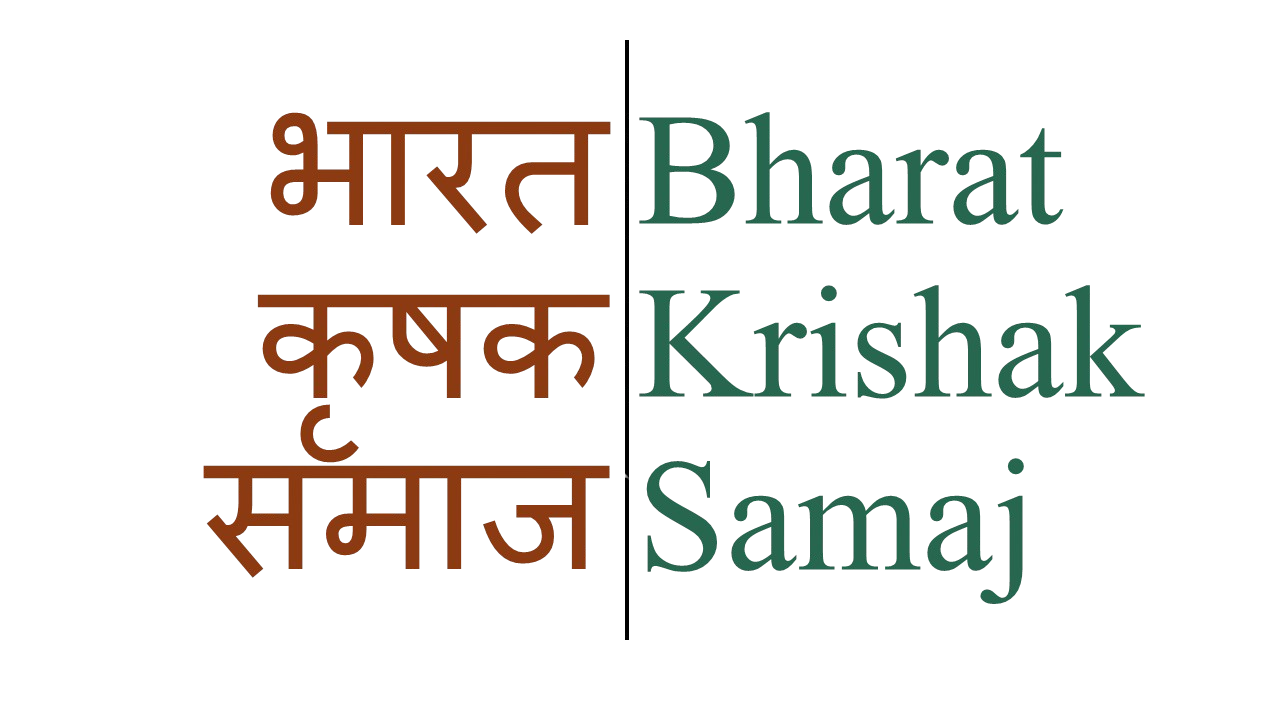Paying the plutocrats and impoverishing the farmer is the name of the government’s game with a ₹1,00,000 crore largesse going the bureaucracy’s way.
The 7th Pay Commission recommendations may well grant one lakh salaried employees and pensioners additional annual benefits of ₹1,00,000 crore or a per capita ₹1,00,000. Farmers, toiling on the ground and struggling to make ends meet, may be forgiven for being bewildered by the largesse that plutocrats have appropriated for themselves. If accepted, a teacher who joined on a salary of ₹850 a month in 1980 will draw ₹96,700 in 2016; a 113 times rise in 35 years, apart from superannuation pension of ₹46,000.
An about to retire employee at a rural co-operative bank, who joined in 1976 on a salary of ₹720 per month will enjoy a last drawn monthly salary of ₹1,30,000; an 180 time rise in 40 years. This is probably unprecedented in history but such examples are endless in today’s India. A retiring lieutenant general commissioned on a salary of ₹450 in the early seventies currently draws around ₹1,75,000 and will retire with a monthly pension of ₹85,000. Not surprisingly, tens of thousands of rural teenagers queue up before recruitment centres across the country, at times braving lathi-charges by the police to disperse the numbers. One Rank One Pay (OROP) is still an unsettled issue.
There is something macabre about the farm situation with young farmers committing suicides, unable to deal with their dire economic straits, while trade unions and the administrative services air their discontent against even the generous recommendations. The central government minimum wages are being increased by 260 per cent from a monthly ₹7,000 to ₹18,000 per month in a dream-like sequence juxtaposed with a nightmarish reality of the average marginal farmer, who would have to earn ₹1,40,000 per acre to earn an income equivalent to the basic minimum wage, without the perks that go with the job.
India’s largest private sector activity, agriculture, remains unremunerative and extremely risky. A person working on the farm earns ₹3,000 per month on an average. Farmers constantly coping with the vagaries of weather and price fluctuations of farm produce cannot contemplate retirement until their last breath. They must farm because they have no option. They do not want their children to farm, nor do their progeny want to farm and neither do they want their daughters to marry farmers anymore. The rural youth aspires for secure government jobs leading to the mind-boggling 23 lakh applicants for 368 peon posts in Uttar Pradesh. These numbers tell a story of shame, sorrow and utter failure of agriculture policies in the country.
Economists arguing that the recommendations would serve as a stimulus demonstrate zero understanding of Indian realities because stimulus is needed not for India’s top one per cent earners but the underprivileged bottom one per cent, who would actually engage in consumption spending. Government expenditure should be about creating equal opportunities. One way to do so would be through a moratorium on wage hikes for a decade at least. Not that the government will ever dare to take on the powerful lobby of bureaucrats and labour unions.
The figure of ₹1,00,000 crore is humungous; even the much-abused fertiliser subsidies add up to ₹65,000 crore. Meanwhile, farmers are constantly reminded of the one-time ₹55,000 crore farm loan waiver that, lest one forget, served to generate 375 crore person days of work every year under the MGNREGA. Meanwhile governments find it difficult to allocate resources to the farm sector because of competing demands, even though common sense cautions one about the consequences of the inevitable exodus of farmers to urban centres.
Keeping farmers happy on the farms is a far more economical, ecological and ethical way forward but a myopic government prefers to appease its constituency of bureaucrats. If all state governments implement the recommendations, the additional expenditure to the exchequer would reach a staggering ₹3,00,000 crore. If that were to happen, there can be no stopping India from going the Greece way.
Meanwhile, the impecunious farmer must grease palms to ensure a chapraasi’s job for his son or pay a huge dowry — selling land to do so — to get his daughter married to boys with secure government jobs. Being at the bottom of the socioeconomic order while doing the most critical job of producing food is a debilitating feeling, especially when equitable growth has been sent for a toss by the salaried class. For the farmer it is a catastrophe everywhere with no one any paying heed.




